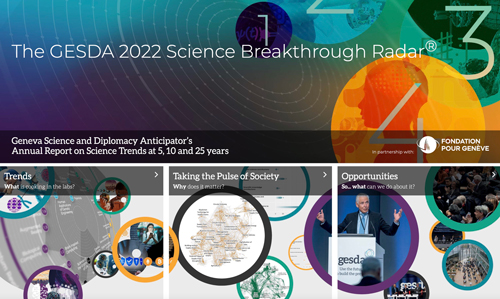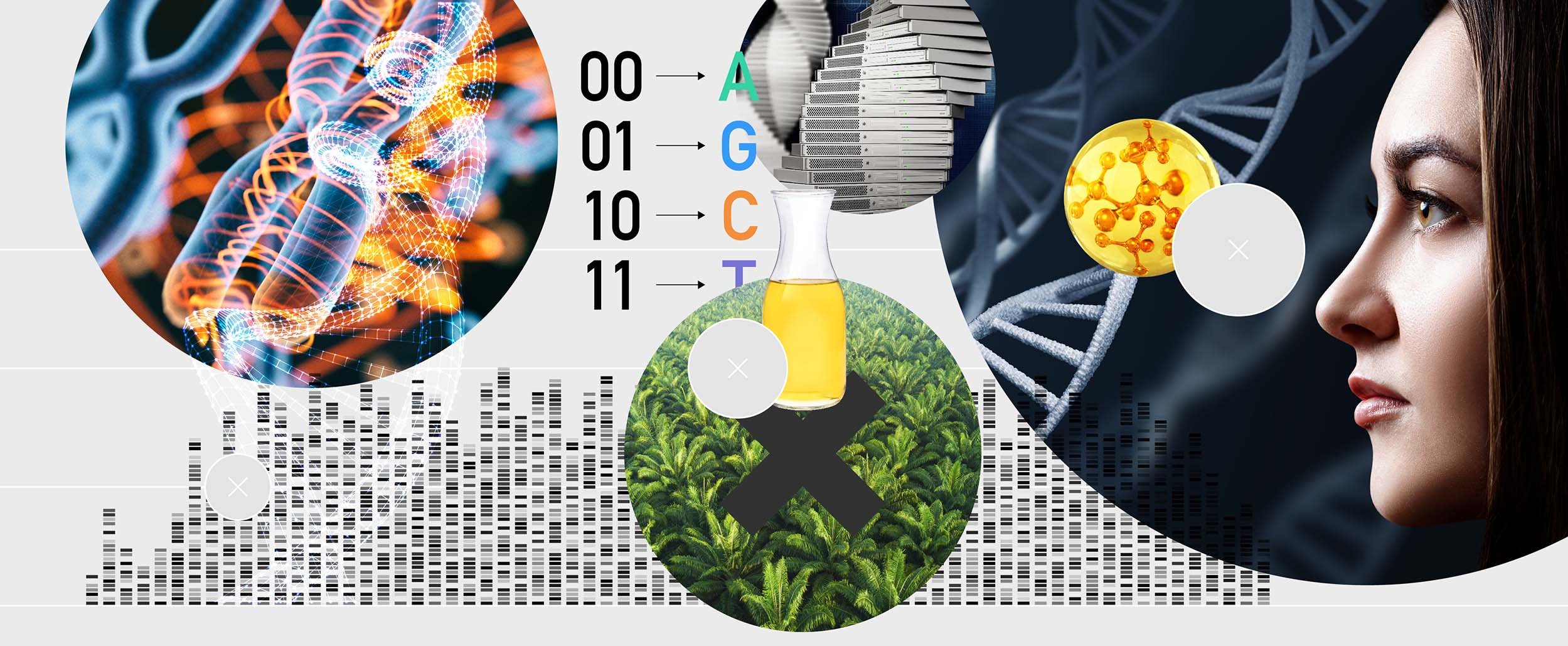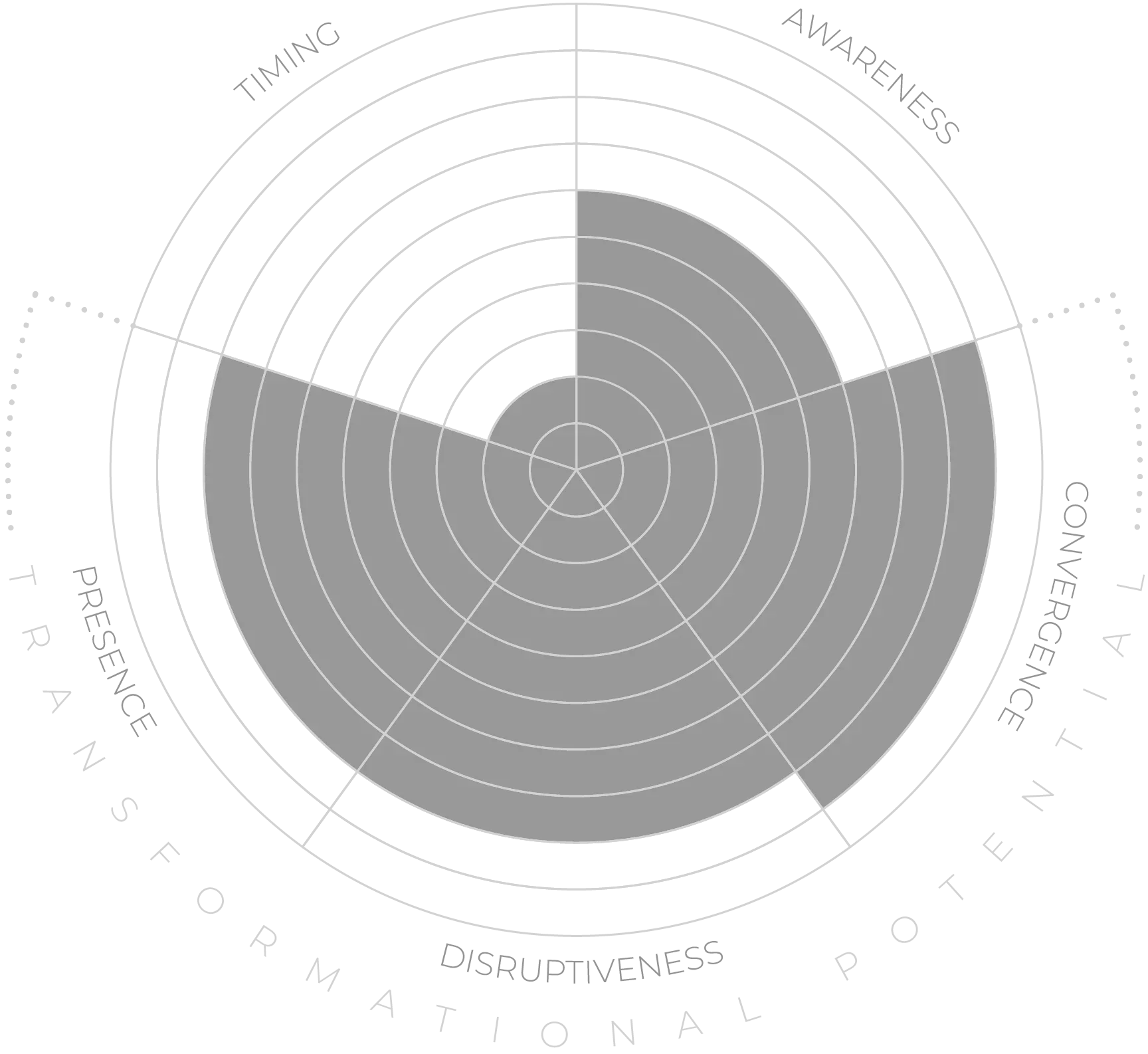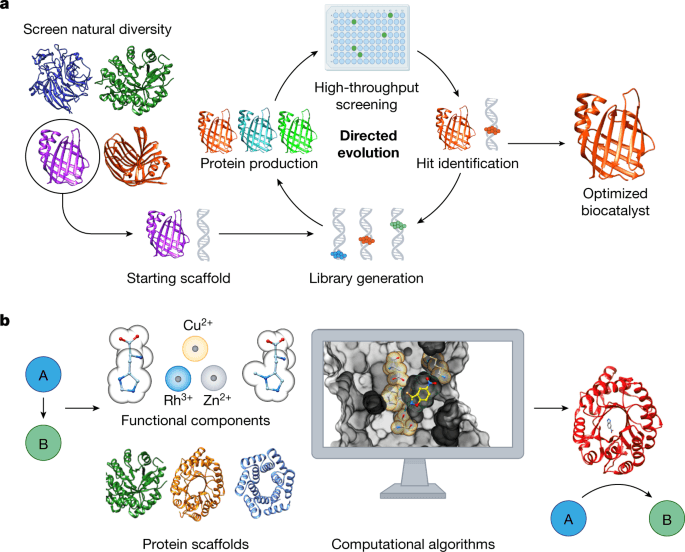One approach aims to imbue non-living materials with some of the useful properties of living organisms — spontaneous self-repair, for example.11 The resulting products would not be alive and might include few or no biomolecules.12 Besides their potential to be useful, such products would be of interest to biologists studying the origins and mechanisms of life.
However, much of the work on synthetic molecules relies much more directly on existing biological organisms. Synthetic biology can be used to engineer single-celled organisms to produce desirable molecules using technologies such as genome editing, DNA synthesis13 and directed evolution. The end products could include new pharmaceuticals and synthetic alternatives to commodities such as palm oil. Producing these materials in bioreactors could alleviate the environmental harms associated with industrial chemistry and intensive agriculture.
A related area is the creation of artificial versions of key biomolecules, such as nucleic acids and proteins. For example, research projects have created "xeno nucleic acids" which are chemically different to the familiar DNA and RNA, but which behave in similar ways. Within the last decade, researchers have successfully introduced artificial nucleotides (the building blocks of nucleic acids) into the genomes of bacteria. This gives the organism the ability to synthesise proteins using more than the canonical 20 amino acids of terrestrial biology.14 These "enhanced" bacteria have gone on to replicate successfully, giving us the potential to scale up the production of artificial molecules by orders of magnitude.





